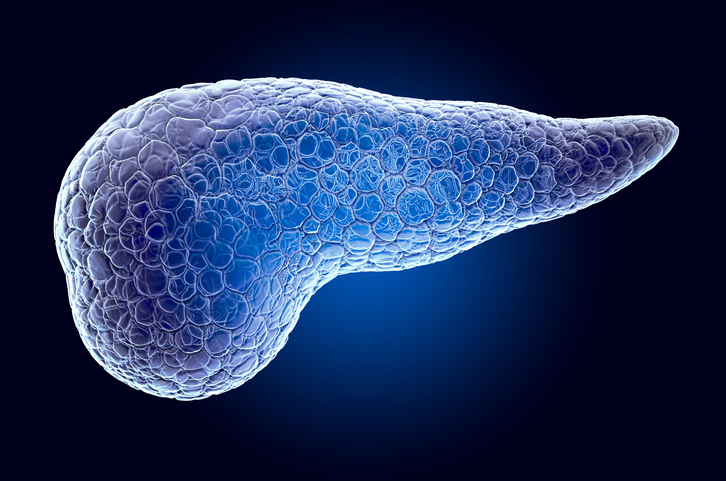In recent years, blockbuster drugs, such as semaglutide (Ozempic, Rybelsus), tirzepatide (Mounjaro), and liraglutide (Victoza), have received growing attention as promising drugs for the treatment of type 2 diabetes and obesity.
Known as glucagon-like peptide-1 receptor agonists (GLP-1RAs), these drugs mimic the natural hormone GLP-1, which binds to and activates GLP-1 receptors in the brain and gastrointestinal tract, regulating blood sugar levels and reducing food intake.
Now, researchers at Duke University School of Medicine, in Durham, North Carolina, have discovered a new form of blood sugar regulation, which opens up new avenues to treating type 2 diabetes.
In their study, published in the journal Science Advances and titled “α cells use both PC1/3 and PC2 to process proglucagon peptides and control insulin secretion,” the researchers found that alpha cells in the pancreas can produce bioactive GLP-1, especially when the body requires it.
Until now, it was believed that pancreatic alpha cells were only able to produce glucagon, a hormone that helps to raise blood sugar levels when our bodies require energy, for example, during fasting or exercising.
However, the researchers studied pancreatic tissue taken from mice and humans of different ages, body weights, and diabetes statuses, and analyzed it using a specially developed high-specificity mass spectrometry assay that can detect only the bioactive form of GLP-1.
The team discovered that pancreatic alpha cells naturally produce much more bioactive GLP-1 than previously thought, and this GLP-1 production is directly linked to insulin secretion for blood sugar management.
“This research shows that alpha cells are more flexible than we imagined,” said lead author of the study, Jonathan Campbell, PhD, associate professor in the division of endocrinology in the department of medicine at Duke University and a member of the Duke Molecular Physiology Institute. “They can adjust their hormone output to support beta cells and maintain blood sugar balance.”
To validate their findings, the researchers then blocked the production of glucagon in mice, expecting insulin levels to drop when alpha-to-beta cell signaling was disrupted. Instead, and unexpectedly, the pancreatic alpha cells increased their production of GLP-1, balancing glucose control and stimulating insulin production.
The researchers wanted to further underline the important role of GLP-1. They therefore manipulated two enzymes called proprotein convertase 2 (PC2), which is responsible for boosting glucagon production, and proprotein convertase 1 (PC1), a producer of GLP-1 in intestinal cells and pancreatic alpha cells.
As expected, PC1 activity was boosted and glucose control improved when PC2 was blocked. When both enzymes were deactivated, however, insulin secretion dropped and blood sugar levels increased, confirming the important role of GLP-1.
While GLP-1 is normally produced in the intestine, the study’s results reveal the important role of pancreatic alpha cells in producing GLP-1 and releasing it into the bloodstream after food intake, increasing insulin production, lowering glucagon levels, and lowering blood sugar levels as a result.
The researchers believe that their discovery might lead to the exploration of new treatment avenues for type 2 diabetes. Instead of using chemically engineered GLP-1RAs, alternative therapies could boost the body’s own GLP-1 production, for example, in pancreatic alpha cells.
“This discovery shows that the body has a built-in backup plan,” Campbell concluded. “GLP-1 is simply a much more powerful signal for beta cells than glucagon. The ability to switch from glucagon to GLP-1 in times of metabolic stress may be a critical way the body maintains blood sugar control.”

